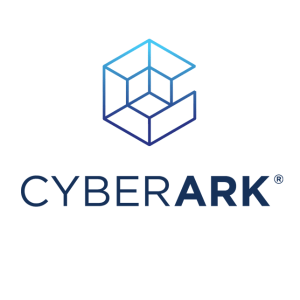CyberArk Endpoint Privilege Manager is valued for its password management, DNS scanning, lifecycle management, and least privilege enforcement. Users appreciate its ability to control admin rights, manage application privileges, and enhance security against ransomware. It integrates well with existing systems, scales easily, and supports granular control over application elevation. The platform's performance and seamless integration are frequently highlighted by users, who find it effective in reducing IT support calls and improving security posture.
- "CyberArk Endpoint Privilege Manager provides comprehensive security features, including password management, DNS scanning, lifecycle management, and session recording, enabling any organization to benefit from a robust security posture because it has all the features required for any organization."
- "CyberArk Endpoint Privilege Manager has had a positive impact on my customers' security posture."
- "There are many valuable aspects of the product, but the most common feature is working with the privileges. The controls of CyberArk Endpoint Privilege Manager influence the visibility into endpoints for my customers. It allows them to granularly manage controls to prevent some malicious activities on the endpoint machine."
CyberArk Endpoint Privilege Manager faces criticism for its complex administration, limited integration capabilities, and inconsistent user interface. Users desire improved performance, enhanced API functionalities, and more flexible policy configurations. They report difficulties with Linux support, technical support delays, and pricing concerns. There's a call for better identity governance, threat detection, and automation. Users suggest unifying CyberArk's infrastructure and expanding compatibility. They request features like XDR and customization options for policies.
- "CyberArk Endpoint Privilege Manager's deployment is quite complex. Additionally, it is quite expensive."
- "While CyberArk Endpoint Privilege Manager is a great tool, I believe the functionality could be wider. If it could work not only with permissions but also involve pure EDR tasks or User and Entity Behavior Analytics, it would be great."
- "While CyberArk Endpoint Privilege Manager is a great tool, I believe the functionality could be wider. If it could work not only with permissions but also involve pure EDR tasks or User and Entity Behavior Analytics, it would be great."




